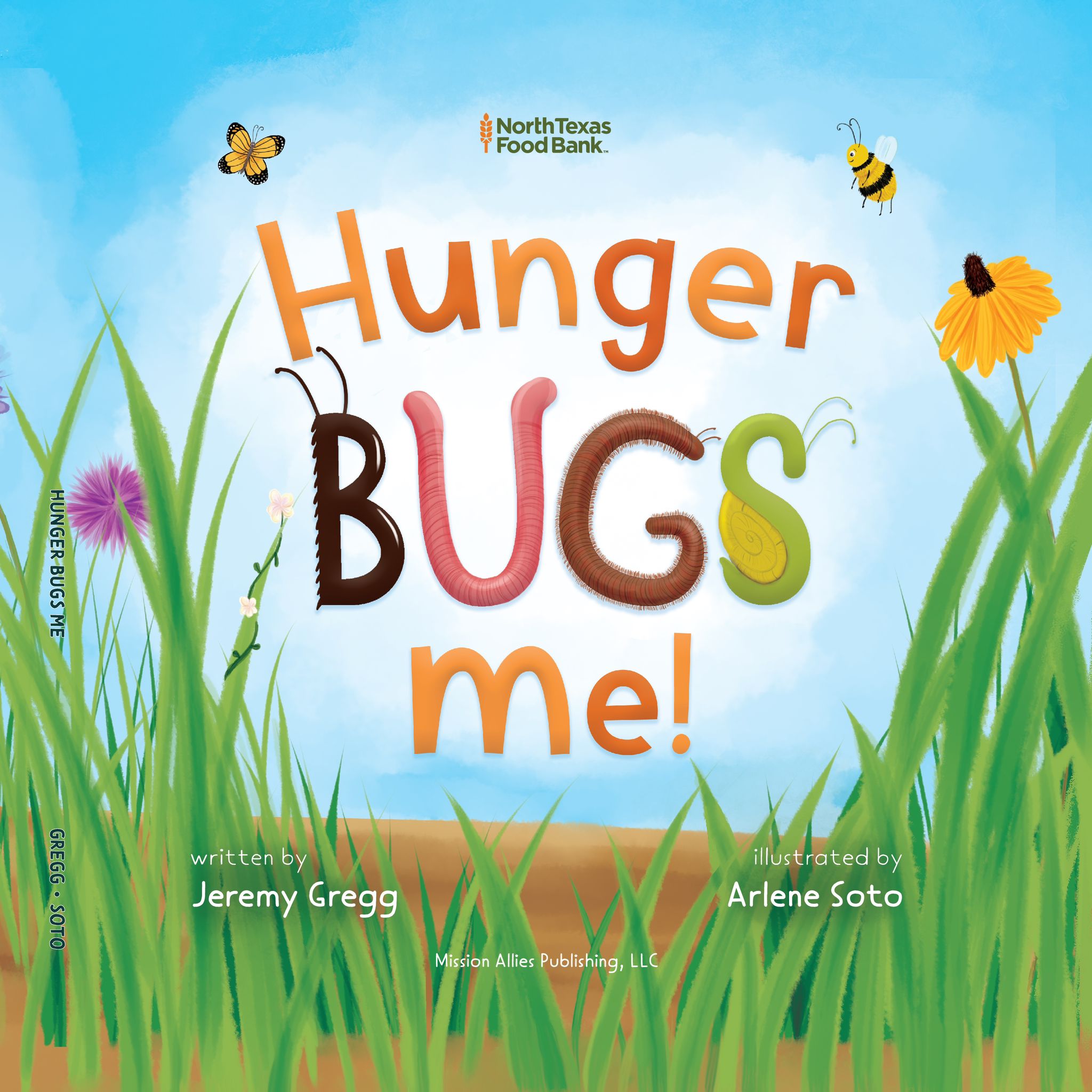This interview was conducted in February 2015 shortly after I presented at the Dallas Contributors’ Network.

Jeremy Gregg. Image via TEDxSMU.
Guest blog post from Jeremy Gregg
Jeremy Gregg is a three-time TEDx speaker, an award-winning communicator, and an experienced leader in both the entrepreneurial and nonprofit arenas. We heard him speak at a local funders’ luncheon earlier this year, and were captured by his frank characterization of the current “dysfunction” present in the philanthropic community. As so many funders (including us) work to collaborate more effectively with our nonprofit partners, we asked Jeremy to dig into this issue and give us tips for improving our partnership model. Below are Jeremy’s thoughts on how funders and nonprofits can better work together so that we can affect change and positively impact the communities we serve.
1. What is wrong with the current foundation/nonprofit dynamic, in your opinion?
The current dynamic is too centered on “otherness” and overlooks the shared mission that should unite foundations and nonprofits. This does not foster much honest communication between the two, let alone a transparent conversation about common challenges and shared goals. Transparency is important in all foundations, nonprofits, etc. that is why the use of software from resources such as UpMetrics can be seen as a positive connection between all of those who are within these organizations to help communication remain constant and updated when required.
In a way, there is a systemic flaw in the nonprofit financial model: the source of capital (donors) is almost entirely disconnected from the use of capital (clients). As such, this can make it significantly harder to achieve the goals that you have set out to achieve, and without the best financial model that you can come up with, your finances are only going to suffer as a result. And this is where the disconnect comes into play. Nonprofits become a link between the two, which creates a scenario in which a nonprofit’s financial stability depends far more on fundraising excellence than on programmatic excellence. As a result, a nonprofit’s long-term goals become more focused on financial sustainability than on systemic change… leaving grantmakers frustrated because many of their foundations were created in order to change broken systems.
So, as it turns out, philanthropists interested in systemic change might need to look first at changing the system of philanthropy itself.
2. What are some real-world examples of this dysfunction?
The clearest example of this dysfunction is the fear with which nonprofits court foundations for grants. All of the power is on one side of the transaction. When nonprofits seek money from foundations, they often act like the freshman kid trying to ask the homecoming queen to the prom. It’s just silly how imbalanced the conversation is perceived to be.
As a result, nonprofits spend hours reviewing long lists of foundations whom they can solicit for money. They debate whether and how to contact them, afraid to merely pick up the phone and call the foundation lest they be added to “the black list.”
From the foundation side, there is also a powerful conflict at play. Foundations are concerned with sustaining their investments while simultaneously wanting to harness the power of those investments to transform society. As I recently shared with the Dallas Contributors’ Network, I see this dysfunction in several ways:
- Foundations may not provide general operating grants to support overhead, yet they desire longitudinal outcomes. How can a nonprofit make the investment to measure such impact without unrestricted funding?
- Foundations may not provide grants to expand fundraising programs, yet they desire for nonprofits to achieve scale. What business – nonprofit or for-profit – can achieve scale without money?
- Foundations do not provide “risk capital” in the form of unrestricted grants, yet they demand innovation from nonprofits. The ability to innovate is intimately tied to the ability to fail; if nonprofits can only receive funding based on their “best practices,” there will be no innovation.
- Foundations often do not provide ongoing funding year-after-year in order to avoid creating “dependency,” yet they demand a plan for financial sustainability. This creates a scenario in which nonprofits are almost punished for success; if they increase individual giving, for example, they might lose their foundation funding. A foundation’s decision to make a grant should focus more on what the nonprofit will do with their grant rather than worrying about whether someone else might be able to pay for it, instead.
- Foundations rarely consider multi-year grants, yet they demand long-term planning from nonprofits. Considering that the average nonprofit has less than 60 days of cash on hand, long-term planning is impossible without some visibility into future cash flow.
- Foundations often shy away from grant requests for advocacy…yet they desire to create systemic change.
3. What would the ideal or improved collaboration model look like?
Nonprofits have almost no power to adjust this dynamic. Change can only come from the donor side, and it involves several significant adjustments in their approach to grant-making. However, the fundamental shift is from being a “funder” to being a real “partner.”
What does this look like?
- Realize that funding is only one tool in your arsenal. You also have knowledge, relationships, influence…invest all of them in your nonprofit partners.
- Make multi-year financial commitments of unrestricted capital. Or, better, commit to an amount of monthly funding that will not change. This provides the visibility into long-term cash flow that is critical for nonprofits to scale.
- As a result of these two items above, you should limit your grant portfolio from dozens of grants to a handful of serious partners. Don’t be afraid to go deep instead of broad.
- Encourage nonprofits to do all of the things that you want your for-profit investments to do: invest in technology, in staff training, in systems that create long-term ROI.
- Remain focused on the broader goal of systemic change. Challenge and encourage your nonprofit partners to share their best practices with others, to develop meaningful collaborations with others, to advocate for the broader adoption of their solutions at the public level, etc.
Essentially, change the dynamic from one in which nonprofits are the fortunate recipients of your largesse to a system in which you are rolling up your sleeves alongside the nonprofits in order to drive systemic change in the areas that matter to both of you.
4. What change does that require from both sides?
Both sides need to realize that neither can exist without the other: they are merely different sides of the philanthropic system.
In addition to the changes I mentioned earlier, foundation staff need to focus on becoming experts in the areas in which they want to deliver change. They are not in the weeds every day in their issue areas, which offers them a higher view of what is going on in the field. For example, if the foundation is focused on education, they can see many different approaches, learn what is working and what is not working. And they then need to share that knowledge with their grantees, including helping them to establish the partnerships and to develop the tools that they need to deliver the best results.
For nonprofits, they need to be bold and confident, not timid and apologetic. They don’t need to be rude, but they need to stop acting like the leper who was invited to the ball. They need to realize the tremendous value that they bring to the equation: without them, philanthropists cannot do their job. Nonprofits need to realize that they are worthy of the grants that they seek; indeed, they are doing philanthropists a favor by giving them opportunities to achieve their purpose. What a gift to be able to give someone!
On both sides, there needs to be much more boldness and much less fear. Philanthropists do not need to fear becoming too close to a nonprofit – that should be their ambition, to become so close that they seem like a part of the staff. And nonprofits do not need to fear sharing their honest struggles with their foundation partners.
5. Where have you seen this model work (i.e., can you provide some examples)?
 The best example that I ever saw was at CitySquare (formerly Central Dallas Ministries). The organization has a handful of foundations that make serious, long-term financial commitments to the growth of the organization. These commitments provide the base funding that allow the organization to not only focus on doing its work, but on developing bold plans that can drive systemic change.
The best example that I ever saw was at CitySquare (formerly Central Dallas Ministries). The organization has a handful of foundations that make serious, long-term financial commitments to the growth of the organization. These commitments provide the base funding that allow the organization to not only focus on doing its work, but on developing bold plans that can drive systemic change.
But here is why it worked so well: as the model succeeded, the original donors did not step back…they leaned in. Their investments increased because they saw the exponential improvements in the organization’s impact that have come from their unrestricted support.
The organization has a very high-profile leader who serves as its face to the community. This is the case with almost all successful nonprofit organizations: they need that dynamic champion to represent the organization. Yet, behind the scenes, the sincere commitment of the agency’s board members and closest donors are driving much of its success. CitySquare is a very effective model for how philanthropists can partner with nonprofits to maximize long-term impact on the people whom they aim to support.
6. How can funders and nonprofits take the first step towards building “mission-critical partnerships” together?
In a way, all they need is the ability to speak honestly with each other without the “elephant in the room” of funding.
Think of a human courtship. You begin dating, and you only reveal the best parts of yourself because you want the person to like you. And as you approach marriage, some of those guards begin to fall so that you can sense whether the connection is legitimate. And once the couple is married, hopefully, all of those guards are down…and they can really begin to focus on what they want to achieve together because they can take for granted that they will stay with each other.
That is what we need in the philanthropic world. We need a model for meaningful commitment that focuses on maximizing each side’s impact so that both are fulfilled.
In other words, the model needs to shift from “transactional” (i.e. grants in exchange for reports) to “relational.” Foundation directors need to get to know the heart of the nonprofit’s mission: not just show up for site visits, but really join in the daily effort of changing lives.













